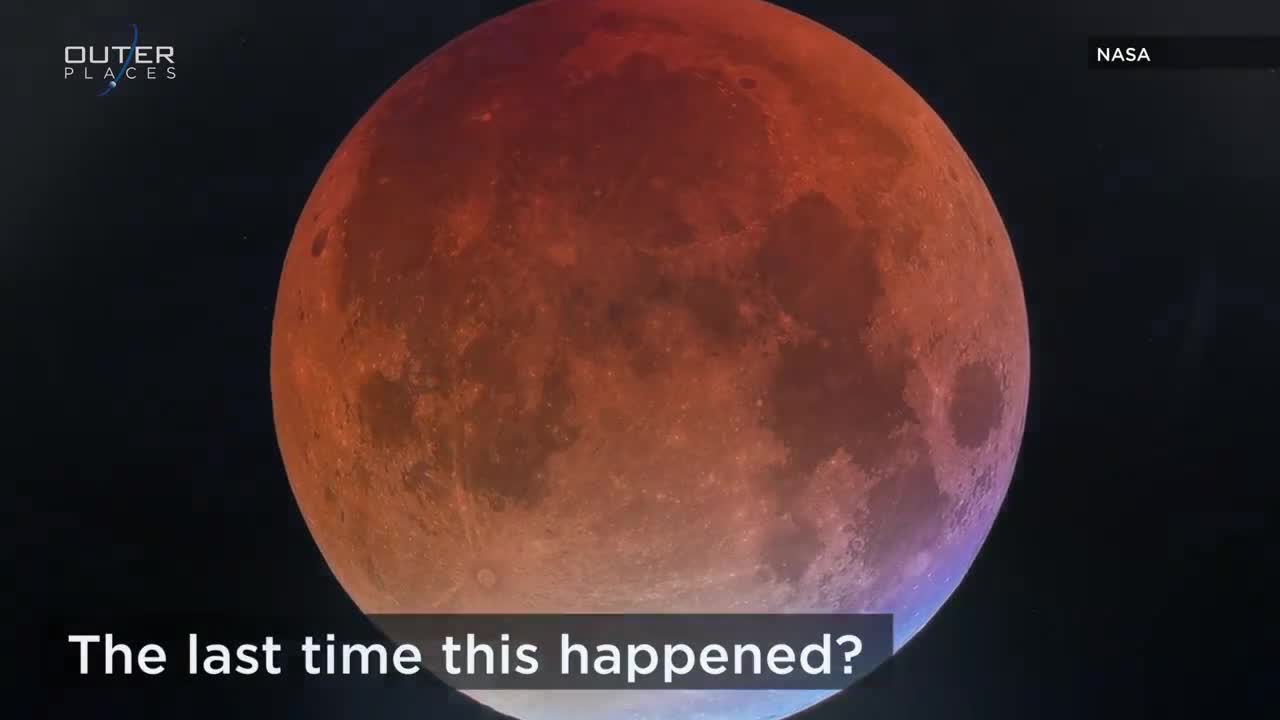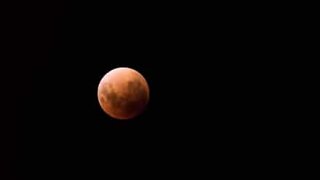Premium Only Content

What To Expect Upon Super Blue Blood Moon's Arrival
Nature can be quite the treat. The wonderful blue skies and the almighty sun just breaking through the atmosphere is a godly divine. The skies have always been a mystery to us, although we put lots of effort, time and money towards finding out what lives in the great unknown. We believe that no matter how much time we spend searching through space, that we will always have more to find out and discover.
January sky watchers are in for a rare treat: a Blue Moon, a total lunar eclipse and a "<a href="https://rumble.com/v4aznt-what-is-a-super-blue-moon-eclipse.html" target="_blank">supermoon</a>" all in the same month.
A Blue Moon is when two full moons happen in the same calendar month; lunar eclipses occur when the moon passes into Earth's shadow; and "supermoons" happen when the moon's perigee — its closest approach to Earth in a single orbit — coincides with a full moon. In this case, the "supermoon" also happens to be the day of the lunar eclipse.
The first full moon of January occurred on the night of Jan. 1 or the morning of Jan. 2, depending on your location. The second full moon and the lunar eclipse will occur on the night of Jan. 31 or the morning of Feb. 1. And the "supermoon" will take place on the night of Jan. 30, which is technically one day before the moon reaches peak fullness, but even NASA is willing to call the event a "supermoon" nonetheless.
-
 0:36
0:36
Buzzvideos - EN
4 years agoTime-lapse of the super blue blood moon in Australia
58 -
 0:44
0:44
brenmichelle
4 years ago $0.58 earnedJaw-dropping footage of the last Super Moon of 2020
2.49K7 -
 2:21
2:21
SkyViewDronePhotography
4 years ago $0.01 earnedSuper Blood Wolf Moon Lunar Eclipse, 01-2019
392 -
 0:50
0:50
Buzzvideos - EN
4 years agoTime lapse of the Super Blue Blood Moon rising behind London
67 -
 2:06
2:06
KJRH
4 years agoInside the ER: What to expect
496 -
 2:10
2:10
KJRH
4 years agoCOVID Vaccine: What to expect when expecting
1.67K3 -
 24:16
24:16
Dr Steve Turley
4 years ago $8.12 earnedHere's What to Expect for 2021!!!
9.53K19 -
 3:10
3:10
KTNV
4 years agoWhat to expect in stock market Election Day
434 -
 1:10:15
1:10:15
MTNTOUGH Fitness Lab
22 hours ago"My Baseball Career Wasn't Enough": Adam LaRoche's Life-Changing Anti-Trafficking M
1.86K1 -
 1:00:12
1:00:12
The Tom Renz Show
17 hours agoComing to America & Coming to Christ
12.1K